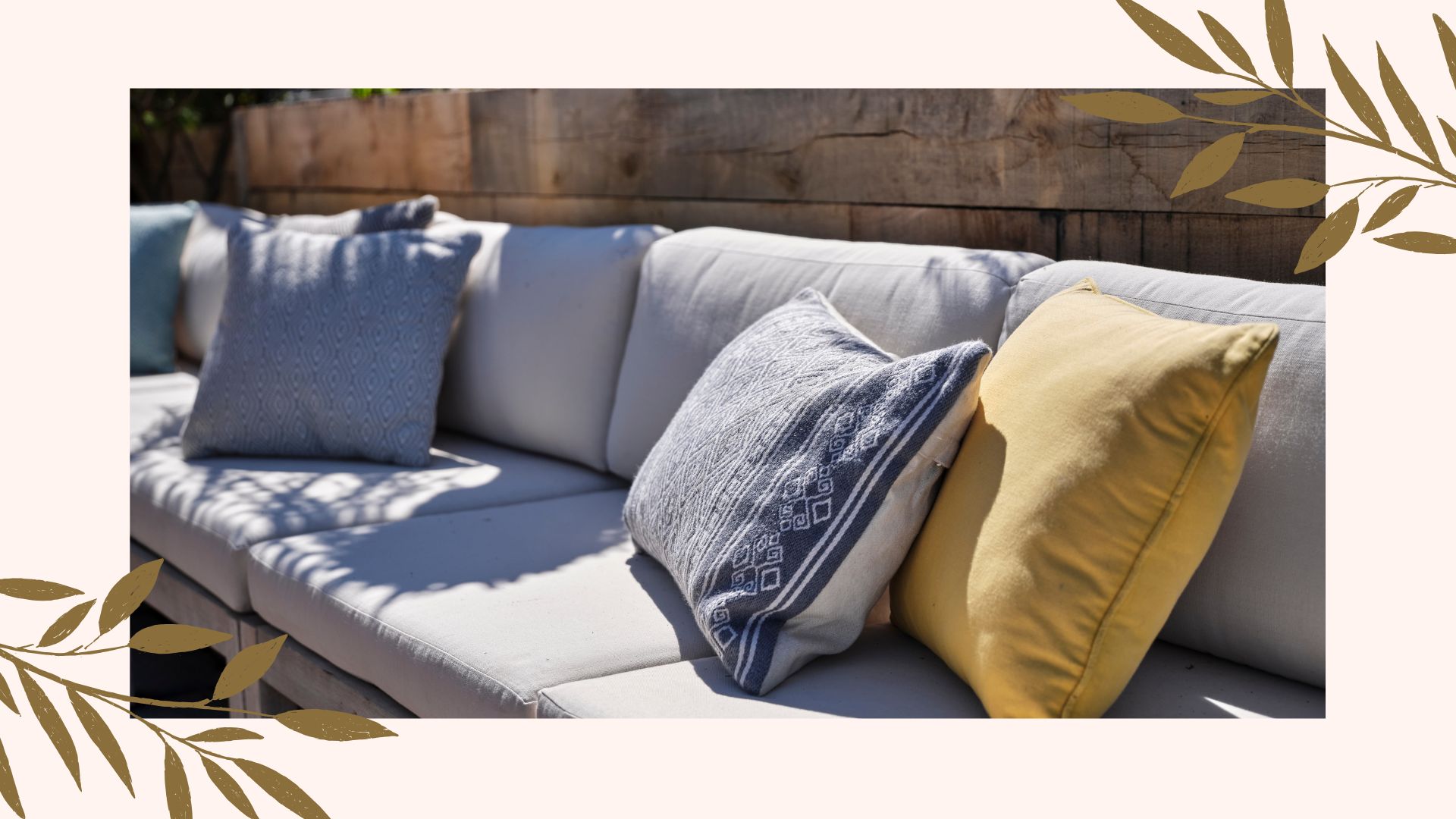
Knowing how to clean outdoor cushions properly ensures your outdoor furnishings are in perfect working order to add comfort to garden furniture all summer long.
Whether hosting a BBQ, throwing a garden party, or simply enjoying some downtime in the backyard, clean outdoor cushions and pillows are a must – after all, no one wants to take a seat on a stained or mildew-covered cushion.
Our expert guide explains how to clean outdoor cushions to remove mud, stains, mould, and mildew – including outdoor cushions with removable covers, and fixed cover cushions that you have to clean by hand to cover all bases to ensure every piece of your best outdoor furniture looks pristine at all times.
How to clean outdoor cushions without removable covers
Similar to when looking to clean patio slabs without a pressure washer, a soft approach is always best for cleaning outdoor cushions, to avoid causing any potential damage.
"Firstly, check the cleaning label on your cushions," advises Heather Nixon, regulatory, NPD, and sustainability manager at green cleaning company Bio-D. "Following this guide will point you in the right direction on how best to clean your cushions. If there isn’t a label, you can’t take the cover off, or there’s a stain you can’t seem to get rid of, then the following tips should help in every case."
“It’s also important to remember that this is a cleaning task to save for a warm sunny day," reveals Sue Caldwell, a cleaning expert from an eco-friendly cleaning brand, Clean Living International. "You should always start the process first thing in the morning so that the cushions have as much time in the sunshine to air dry as possible."
Now you know when to start here's what you'll need to begin cleaning:
- Vacuum cleaner - with fabric cleaning attachment
- Dish soap
- Spray bottle
- Soft bristle scrubbing brush/sponge
- Microfiber cloth
- (optional) White vinegar and bicarbonate of soda
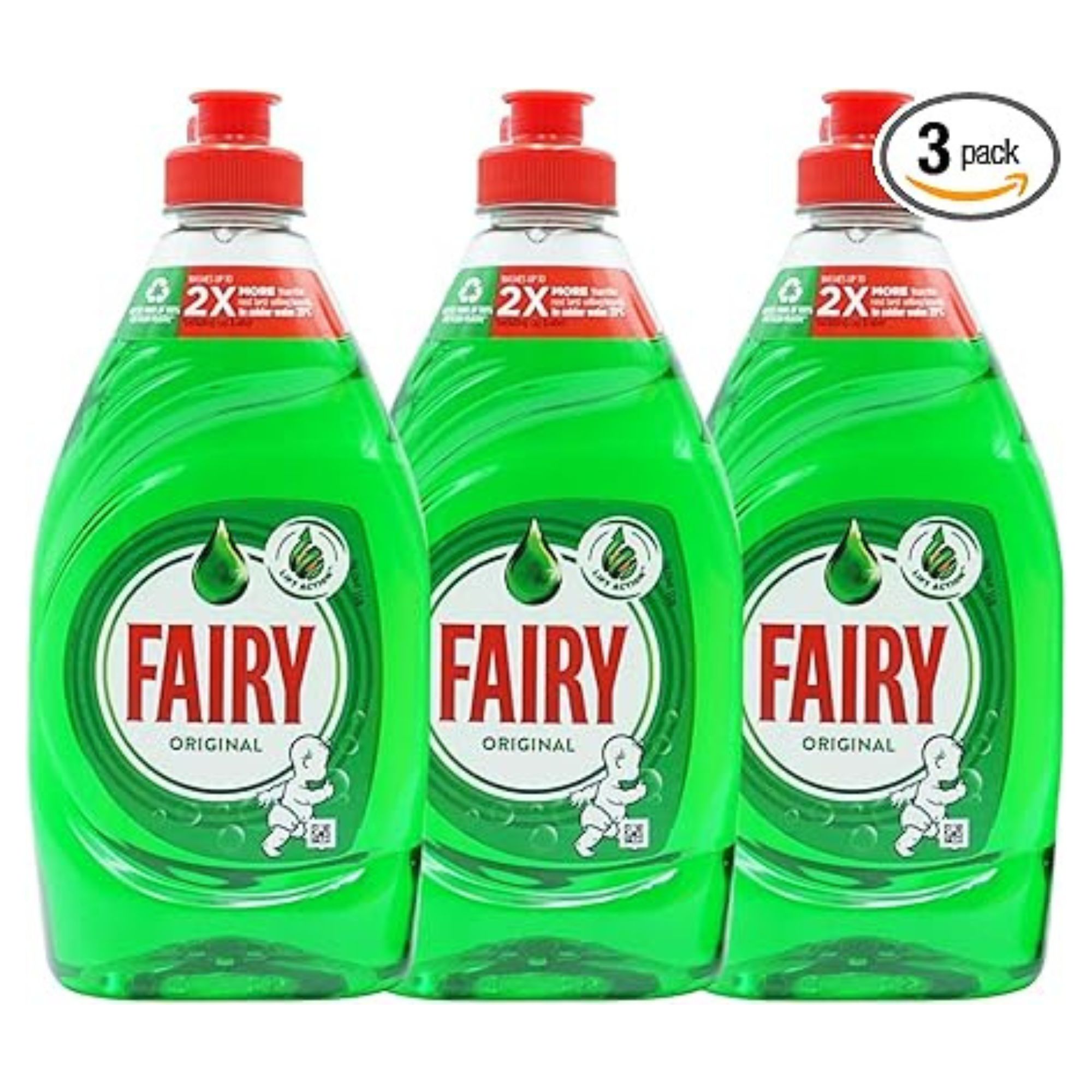
RRP: £8.95 for 3 x 320ml | Dish soap really is the wonder product when it comes to cleaning, especially in places where you don't want to use lots of chemicals.
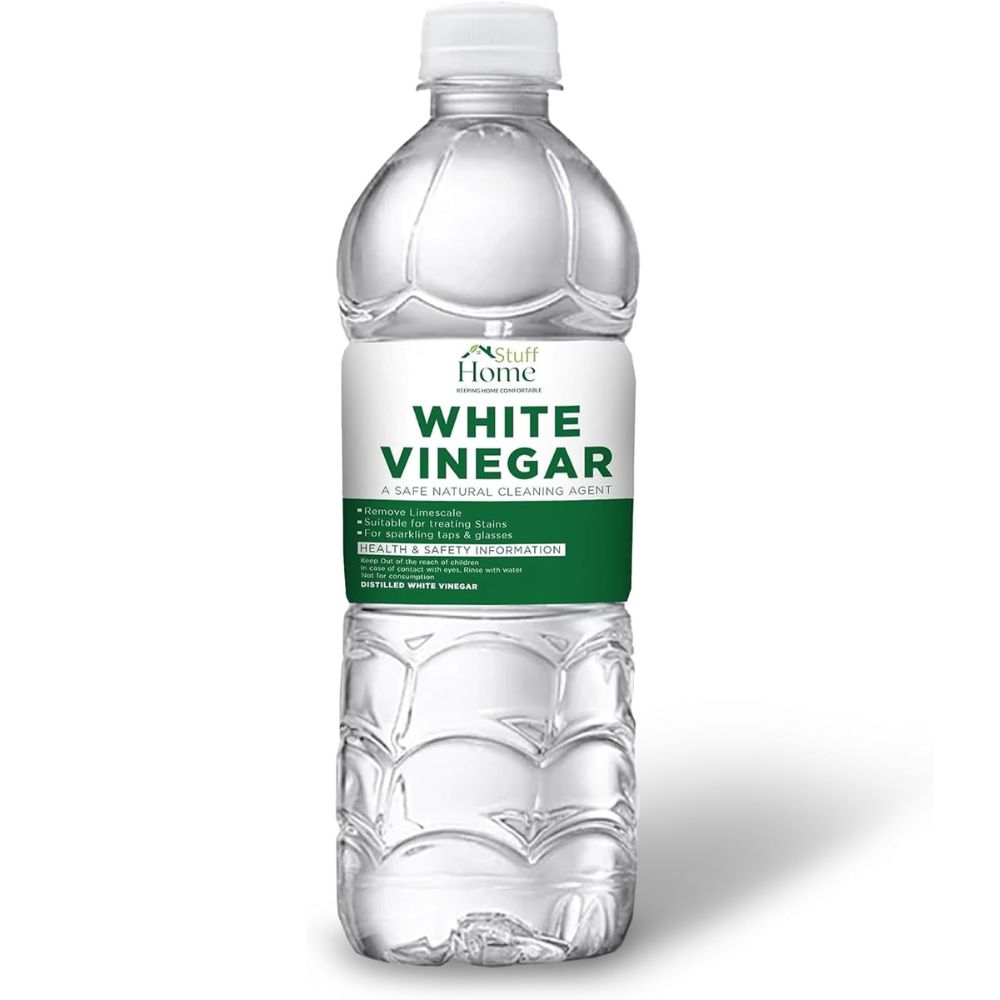
RRP: £5.99 | Another key cleaning product, white vinegar is a brilliant, gentle cleaner that will make quick work of breaking down dirt and killing bacteria whilst also being gentle on various surfaces.
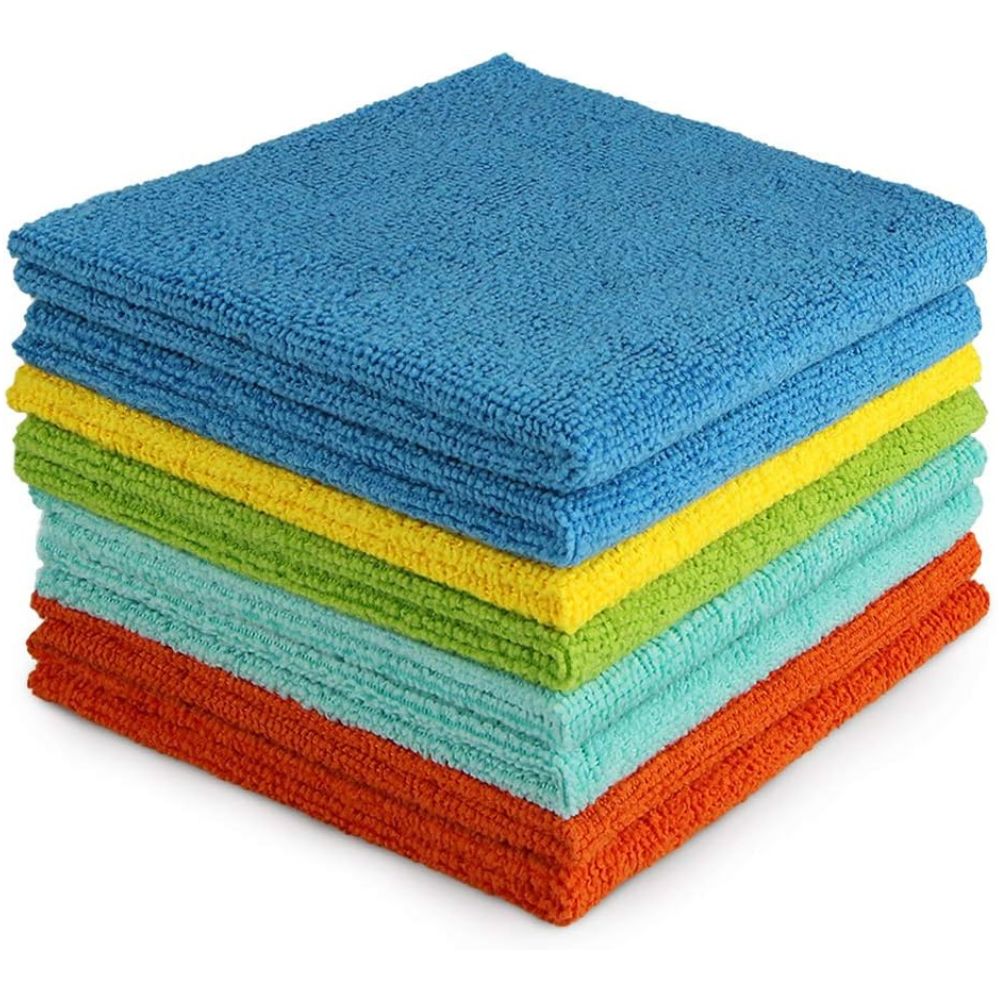
RRP: £5.29 | This is a product every cleaner should have in their home, especially when it comes to big cleaning jobs. This eight-pack will make any task that much easier and more efficient.
1. Remove surface dirt
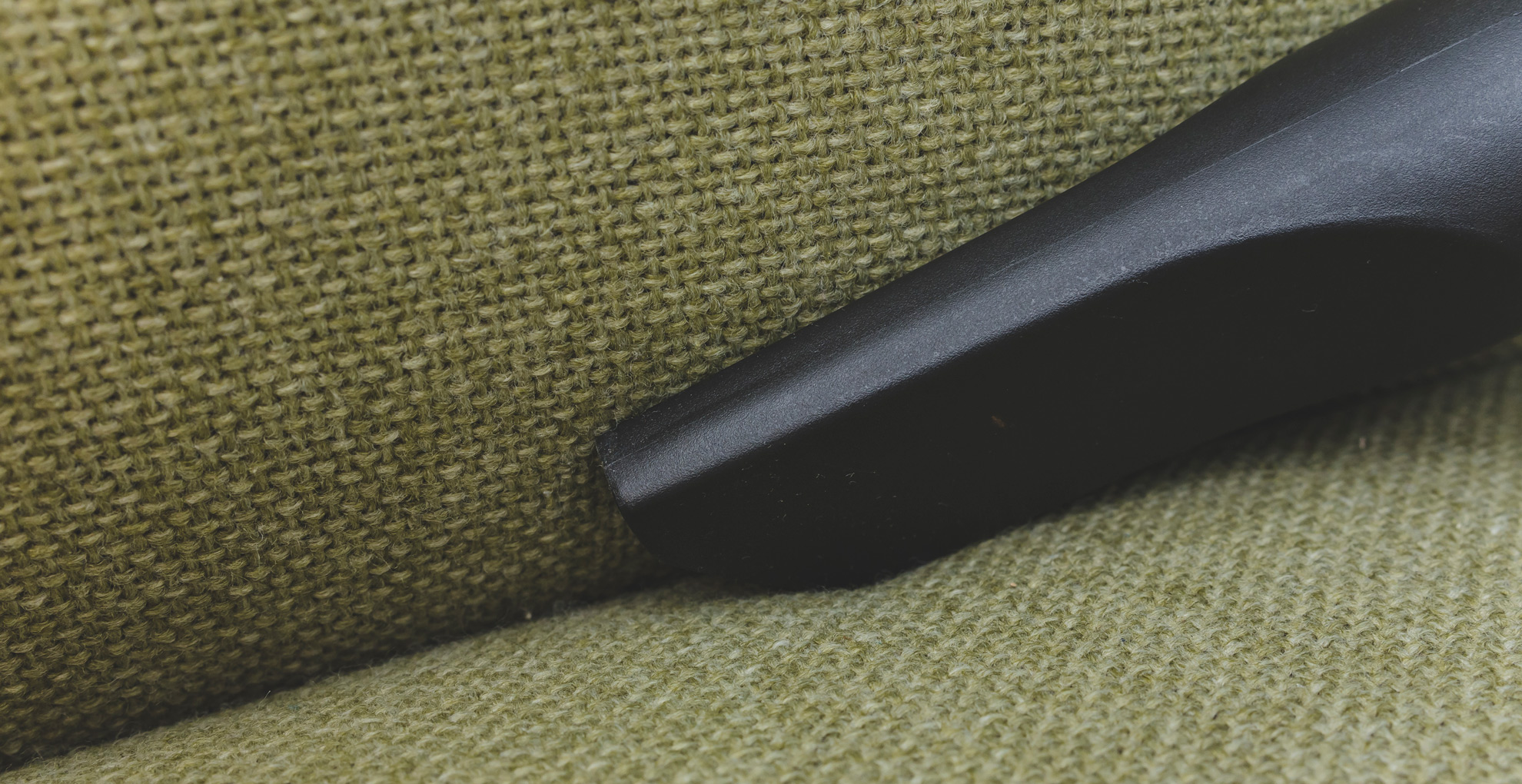
Begin by removing any particles of dust, dirt, and general garden debris from the surface to avoid rubbing these into the fabric and ingraining them deeper into the material. Give the cushions a good shake initially and then vacuum them if necessary, the same as you would when cleaning your living room
"If your cushions have been stored in the garage over winter, you may need to give them a quick vacuum with a handheld device first to remove any debris or cobwebs," suggests Sue.
If the cushions in question are already out in the garden and in use, the same principle applies. "Start by vacuuming the cushions to remove any crumbs, debris, or dust, using the crevice tool," suggests Heather. Take the cushions off the base of the furniture to vacuum underneath and ensure you clean every angle, because crumbs and dust can fall into nooks and creases where they stay undetected.
2. Prepare a gentle cleaning solution
If your outdoor cushions only need a gentle clean, it's always best to avoid using anything on them except a gentle cleaning solution. If mould or mildew is present, then you will need to resort to something strong (more on that later).
For general all-purpose cleaning, a gentle solution of dish soap and lukewarm water will do the trick. "When it comes to cleaning outdoor cushions, a simple solution that always works is warm, soapy water," says Holly Jones at trusted garden furniture supplier Garden Street.
Mix just enough dish soap with lukewarm water to form a foamy solution, but don't go overboard with the soap because removing the suds left on the cushions will be a harder task.
3. Apply and scrub with care
To begin the washing step, simply apply your soapy solution to the cushion cover using a soft brush or sponge. Do so with diligence to avoid saturating the cushions and the filling inside.
"Give the cushion a good scrub on all sides and then rinse the soapy water with a sponge and warm water," advises Holly. "Try not to use too much water when rinsing the soap off, though, as you want to avoid the water seeping into the actual cushion."
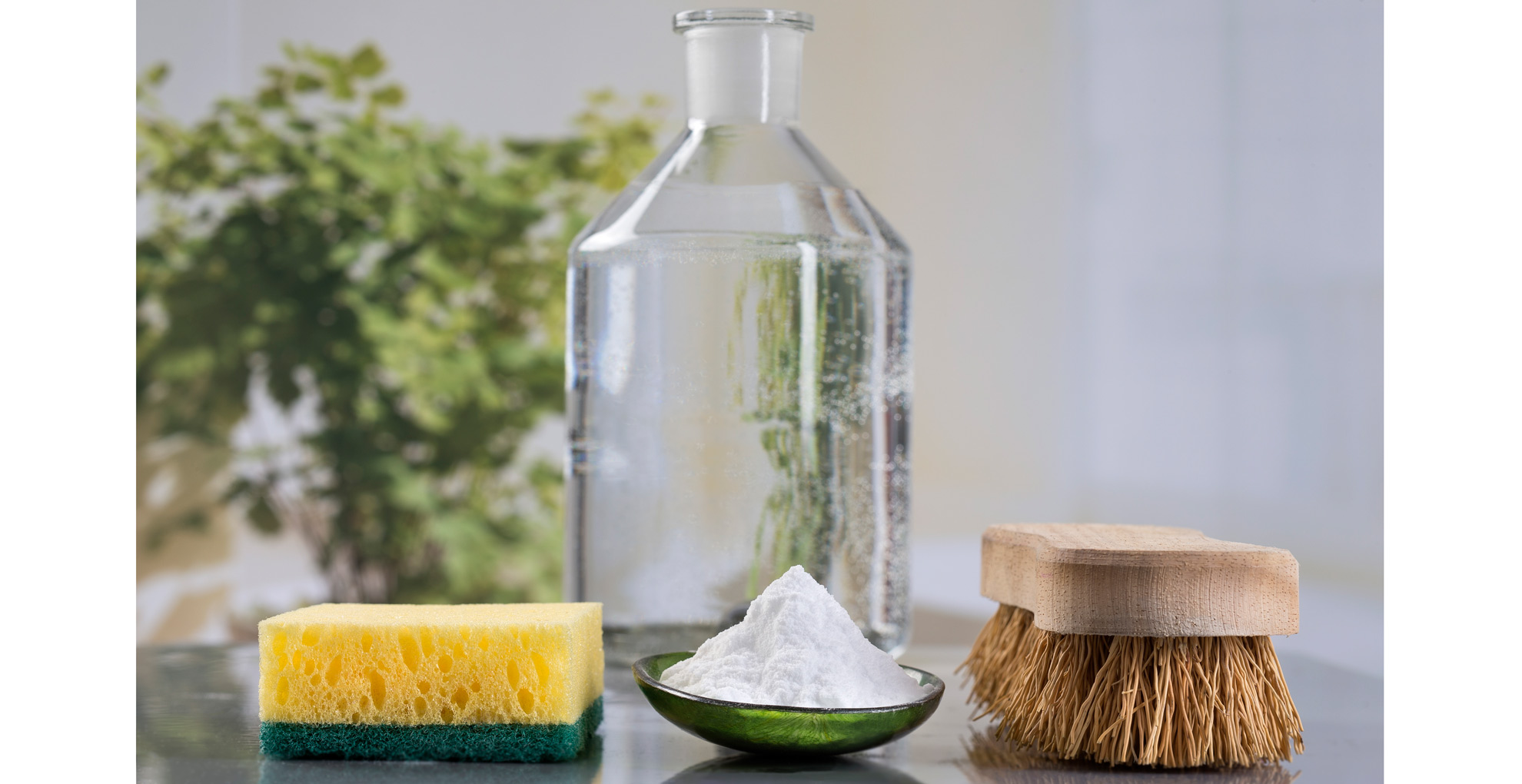
4. Remove tougher stains with vinegar
While a gentle clean should suffice in most cases, there may well be a food or drink stain that needs a little extra TLC. To avoid using harsh chemicals, the experts suggest taking a more natural approach by cleaning with vinegar.
"White distilled vinegar and bicarbonate of soda are two of nature’s greatest natural cleaning tools, as they neutralise odours and remove stains, and can freshen up virtually any fabric or upholstery," explains Sue.
To spot-clean the stained areas, Sue advises the following: "Create a mixture of equal parts white distilled vinegar and bicarbonate soda and add to a spray bottle with warm water. Simply spritz generously to eliminate odours and remove marks, using a damp cloth to apply more of the solution directly to any stains. "
"If cushions are heavily soiled, you can create more of the mixture and add to a bucket to give a more thorough wash, rinsing with warm water once clean," Sue advises, before adding: "Just ensure excess water is squeezed out or absorbed using a towel." But more on that next.
5. Allow to air dry thoroughly
Similar to washing your towels or washing your sheets, it's preferable to air dry your outdoor cushions for the best results. "To finish, pat the cushions down with a towel and leave to air dry in a sunny and well-ventilated area," says Helen.
This might mean laying a clean towel down on the lawn or on another area on the patio as you follow the sun around the yard to make the most of the drying potential. "Make sure each cushion is completely dry before placing it back in your seating area."
It's not advisable to tumble dry your outdoor cushion covers as this may shrink them or change their shape, rendering them unfit for purpose.
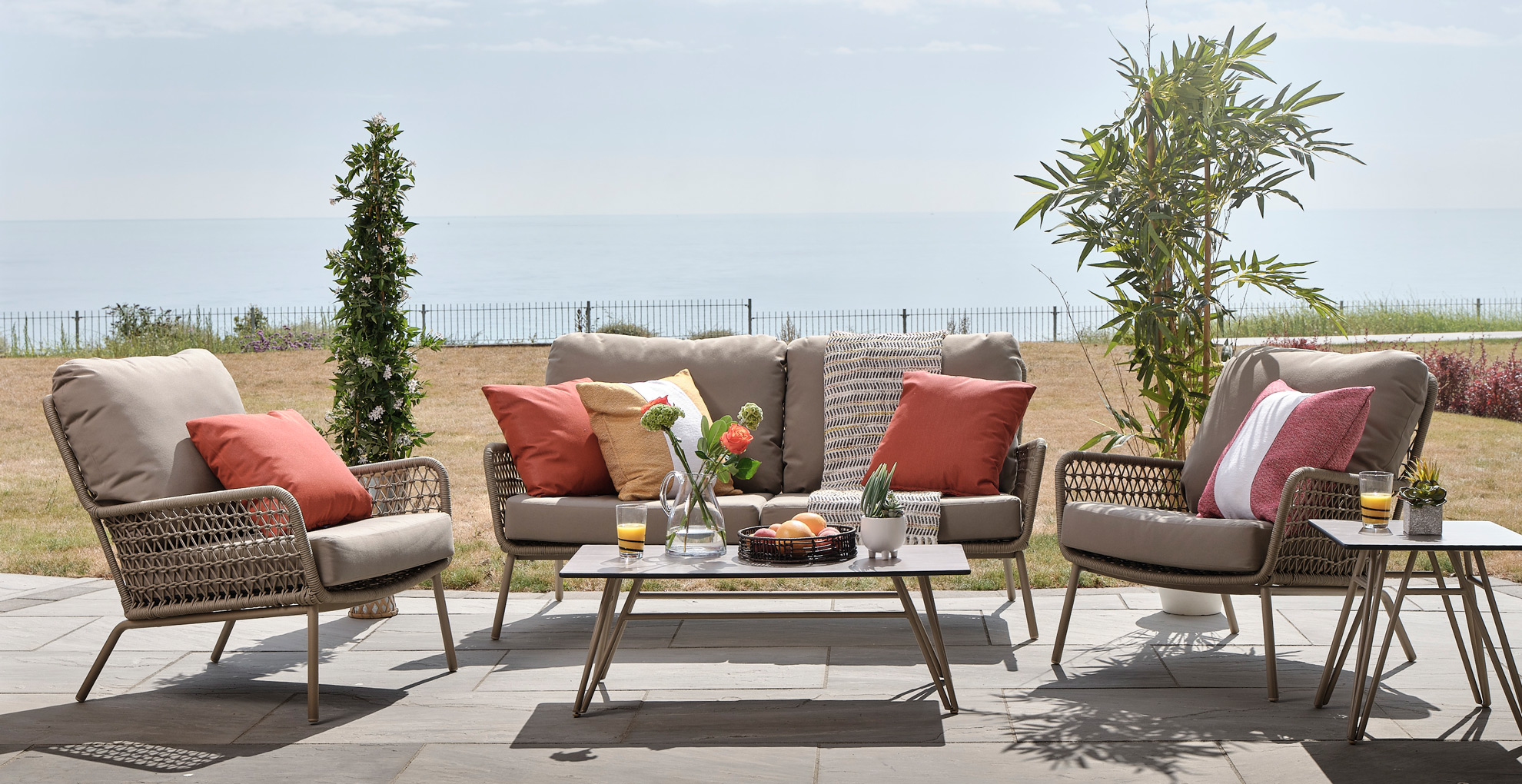
Tips for keeping outdoor cushions cleaner throughout summer
Your outdoor furniture is an investment that requires a little TLC to keep it in tip-top condition. Francesca shares some top tips for preserving outdoor cushions...
- Wipe down after each use: The best way to keep your outdoor cushions clean for longer is to prevent any build-ups of dirt and crumbs after each use. Simply take them off the furniture at the end of each day and give them a gentle shake to remove any traces of lingering debris.
- Keep them covered: "Although our premium garden furniture collections are fully weatherproof, we still recommend purchasing covers to keep your set looking its best aesthetically, if not for protection against the elements themselves."
- Ensure cushions are dry before storing: "Although a common problem for outdoor furniture owners, mould and mildew build-up is easily preventable. Simply ensure that all of your cushions are dry before you store them under a cover to prevent mould from forming."
- Allow air to circulate: "It's important to find a cover with air vents to ensure breathability, reduce condensation and prevent the build-up of damp or mould."
FAQs
Can I wash my outdoor cushions in the washing machine?
You can wash your outdoor cushions in the washing machine if the care label advises doing so. If the covers are removable you can simply unzip the outer coverings and pop those on a gentle cycle (as per the label) in your clean washing machine in bulk.
"Where possible, remove any removable cushion covers for easier cleaning,' says Emma Rostron, a professional cleaning expert at commercial cleaning company One Less Thing. "If they're machine washable, confirmed by checking the care label, just toss them into your machine with some mild detergent on a gentle cycle and let them air dry once finished for the best results."
"If your outdoor cushions are too large for the washing machine or not suitable for use in the machine, you can soak them in a warm bath with a solution of equal parts white distilled vinegar and bicarbonate of soda," says Sue, for a makeshift solution to a washing machine drum filled with water.
You can also wash the inner cushions if needed, provided the care label states they are suitable and also that they fit in the drum of your washing machine. If you do wash the inner cushion, like when washing pillows, be sure to air dry them thoroughly before placing them back on the furniture and sitting on them.
What is the easiest way to clean outdoor cushions?
"The easiest way to clean outdoor cushions is by using a mild detergent like dish soap or laundry detergent mixed with warm water in a spray bottle," says Devika Saha from the eco-laundry detergent company The Good Laundry.
"Simply spray the solution onto each cushion surface and use an old rag or sponge to scrub away any visible stains or dirt spots. If necessary, you can repeat this process until all surfaces have been cleaned thoroughly. Once finished, make sure to rinse off any remaining cleaner with clean water."
"You should then spot-clean problem areas with either white vinegar diluted in warm water (for synthetic fabrics) or mild liquid laundry detergent (for natural fabrics). Allow these solutions ample time to work into the fabric and stains before rinsing out with cold running tap water or a hose."
"Finally, let the cushions air dry naturally under direct sunlight before placing them back on their frame - just make sure they are 100% dry, otherwise you could end up with mould or mildew."
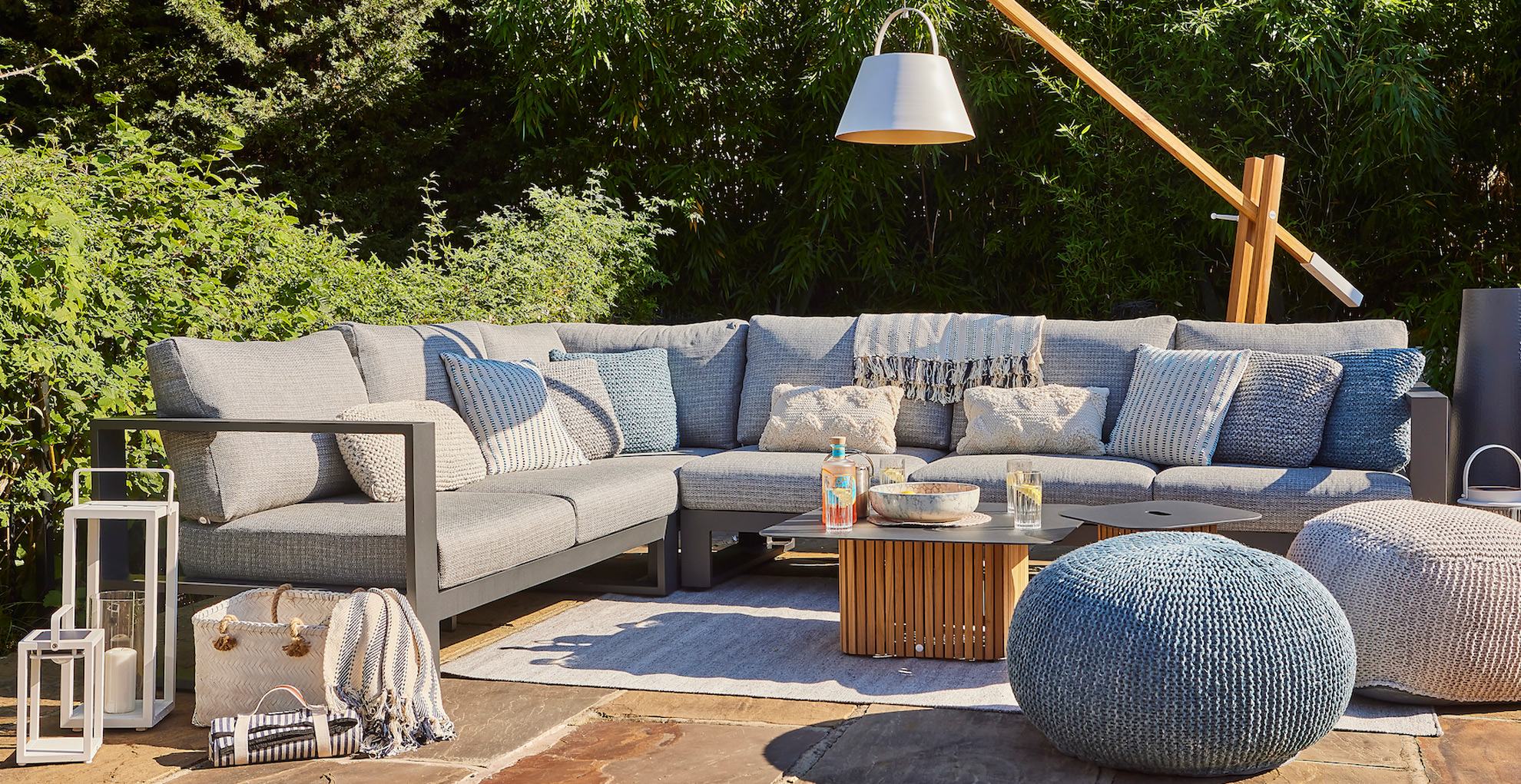
How do you get mould and mildew out of outdoor cushions?
Cleaning with vinegar is one of the best ways to get mould and mildew out of outdoor cushions without having to resort to harmful chemicals. Thanks to its natural antibacterial qualities, vinegar can perform the job most effectively and with relative ease.
"If you’d prefer to avoid harsher chemicals - maybe you’ve got pets, young children, or allergies - make up a simple mixture of white vinegar to remove any stains and mildew," suggests Jackie Shephard, head of homeware at fabric specialists Terrys. Mix equal parts solution of white vinegar and water mixture into a spray bottle to apply the solution directly to the cushion cover.
"The key to treating mould stains is to clean the cushion as soon as you see the mould forming. For this reason, we strongly recommend checking your furniture regularly when it's covered, to ensure mould, mildew, and rodents do not pose a problem," advises Francesca Hadland, a styling expert for outdoor furniture specialists Bridgman.
Francesca supports a stronger solution when cleaning a more severe mould problem, saying: "Dilute 1 cup of bleach with ¼ cup of mild soap per 5 litres of water and use a spray bottle to apply the solution to the affected area, allowing it to soak for 15 minutes. Then, clean the mould off the cushion with a washing-up brush or nail brush.” We would always recommend doing a patch test before using chemicals, to test that the material is ok before you apply it more liberally.
How do professionals clean waterproof outdoor cushions?
"Most outdoor furniture comes with water-repellent upholstery and fillings that are designed to dry quickly, but with prolonged exposure to rain and water," explains Reilly Gray, co-founder of leaders in luxury outdoor furniture, Suns Lifestyle. "The inner cushions can still become wet. The same goes for decorative outdoor cushions, too. Be sure to keep the cushions as dry as possible and remove any excess water after heavy rainfall - allowing them to dry thoroughly will ensure that they last longer and stay clean."
"When it comes to washing your waterproof cushions, be sure to read the care and washing instructions on the upholstery and always use the right cleaning products."
Reilly recommends using a specialist textile cleaner with nanotechnology that's suitable for use with both natural and synthetic textiles and will get water-repellant outdoor textiles beautifully cleaned with ease. "Be sure to follow the instructions as outlined on the cleaning and care products, and you'll ensure that your outdoor upholstery pieces will be looking their best for many seasons to come."
Offering a top tip, Reilly adds: "The cushion inners can also become softer over time and use, so it's important to keep rotating them around as you would in your living room, giving them a good shake and plumping them up. This will ensure even usage across the upholstery and avoid the cushion going flat or clumping in one place."
Is it okay to power wash outdoor cushions?
There are many things in your garden you should never pressure wash, and your outdoor cushions do, in fact, belong on that list.
Lee Trethewey, garden furniture expert at Sustainable Furniture, explains, "It's probably best to avoid power washing outdoor cushions if possible. This is because the high pressure of a power washer can actually damage the fabric fibres, tear seams, and force water deep into the cushion fillings, which can lead to mould and mildew growth that can be incredibly difficult to get rid of."
He does, however, say that should you want to use your pressure washer, then only use it on the lowest setting and move it quickly and evenly. Make sure there's also at least an arm's length between the nozzle and cushion to avoid damaging the fibres.
Now your outdoor cushions are looking good as new, why not start on other essential summer gardening jobs? That way, by the time garden party season arrives, you'll be more than ready to get the grill on and your friends around.







